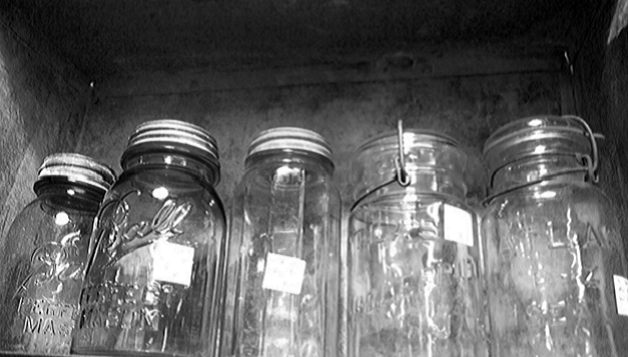‘Made in’ claims toughen up
The ACCC has warned it will “actively monitor” compliance with the new country of origin food labelling requirements. ACCC Deputy Chair Dr Michael Schaper has highlighted that it has received over 3,000 complaints concerning country of origin claims about various products in the last five years, including in relation to food, furniture and electrical goods.
The ACCC’s media release reminds businesses of the general requirements under the ACL not to make false, misleading or deceptive claims. It also draws business’ attention to recent changes to the law concerning country of origin food labelling, noting the ACCC has the power to force companies to prove that any representation made is accurate.
New requirements from 1 July 2018
Whilst the new Country of Origin Food Labelling Information Standard 2016 (Information Standard) does not become mandatory until 1 July 2018, the ACCC is urging businesses to review their product labelling and advertising now and take steps to ensure that they have procedures in place to roll out the new labels. Importantly, by 1 July 2018 the labels of most foods that are made in Australia will have to clearly depict the percentage of Australian ingredients, through a shaded bar chart.
To complement the new Information Standard, the Turnbull Government has already amended the ‘safe harbour’ defences in the Australian Consumer Law (ACL), as previously blogged about here.
Substantial transformation test
The revised safe harbour provisions, introduced by the Competition and Consumer Amendment (Country of Origin) Act 2017, commenced on 23 February 2017. Relevantly, the amendments introduced a new ‘substantial transformation’ test required to satisfy a “made in” claim, which removes the 50% production cost test. This test was found to mean little to consumers and impose an unnecessary burden on businesses.
The new test clarifies that a claim that goods were made or manufactured, or otherwise originate in, a particular country can only be made where they were last ‘substantially transformed’ in that country, meaning that the goods are fundamentally different in identity, nature or essential character from all of their ingredients or components that were imported into that country, as a result of one or more processes undertaken in that country. These changes clarify that conducting minor processes that merely change the form or appearance of imported goods, such as dicing, slicing, canning, freezing, coating or repacking food, do not constitute substantial transformation and are insufficient to justify a “made in” claim.
Clarity for consumers
The purpose of the new Information Standard, and complementary amendments to the safe harbour defences in the ACL, is to simplify origin claims on food and make them clearer, more meaningful and easier to find. The Information Standard is designed to give consumers more information, and more transparent information, about the origins of the food they buy so they can make informed purchasing decisions. The changes build on consumer research, stakeholder consultations and an analysis of various regulatory options.
The ACCC has released new guidance on country of origin food labelling for businesses to assist with the transition to the new food labelling requirements and has updated its guidance for businesses making country of origin claims under the ACL, to reflect the requirements of the new Information Standard and safe harbour defences.
The guidance explains the three possible country of origin labels for food, which each have its own mandatory text requirements:
- three component standard mark, e.g. for priority foods made, produced or grown in Australia (kangaroo logo, bar chart and explanatory text);
- two component standard mark, e.g. for priority foods packed in Australia or imported foods containing Australian ingredients (bar chart and explanatory text); or
- country of origin statement, e.g. for imported foods or non-priority food items.
In its guidance, the ACCC also encourages businesses to voluntarily provide additional country of origin information for food, beyond what is strictly required by the Information Standard, while recognising that providing very detailed information may be costly for some businesses.
The ACCC reiterates that consumers are often willing to pay a premium for foods originating from a particular country, such as Australia, and that incorrect product labelling may expose businesses to penalties of up to $1.1 million under the ACL.
Photo credit: Christopher Craig via Flickr (re-sized/ colour change)









